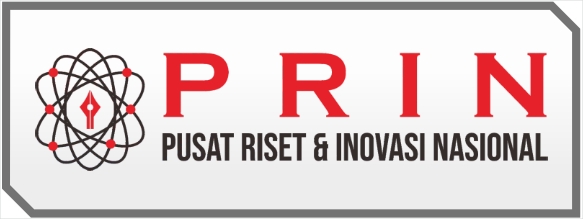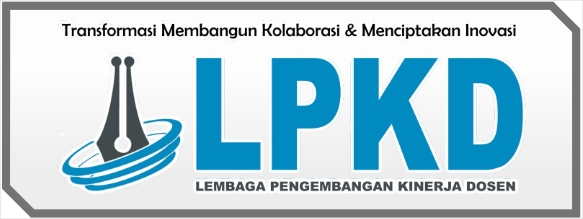Pengaruh Model Pembelajaran Berbasis Masalah dengan Pendekatan STEM terhadap Kemampuan Pemecahan Masalah Matematis Siswa
DOI:
https://doi.org/10.55606/jurrimipa.v3i1.2518Keywords:
PBL, Problem Solving Ability, STEM ApproachAbstract
This study aims to determine whether there is an influence of the problem-based learning model (PBL) with a STEM approach on the mathematical problem solving ability of grade VIII students of SMP Negeri 17 Medan. This research was conducted at SMP N 17 Medan T.A 2023/2024. The research method used is a quasi-experimental method. The sample of this study consisted of two classes, namely class VIII-3 as an experimental class taught with a PBL model with a STEM approach and class VIII-4 as a control class taught with conventional models. Based on descriptive statistics and categorization of research results, it was found that the mathematical problem solving ability of experimental class students was 67,74% of students in the high category, 32.26% of other students in the medium category, and no students in the low category. Meanwhile, in the control class, 15,63% of students were in the high level of problem solving ability, 53,13% were in the medium level and 31,24% of students were in the category low category. Thus it can be seen that the mathematical problem solving ability of grade students taught with PBL with a STEM approach is better than conventional learning models. Furthermore, with inferential statistical analysis for the t test, calculated t value = 2,42 and ttable = 1,999623, thus t calculated > t table means that the problem-solving ability of students taught with PBL with a STEM approach is not the same as students who use the learning conventional model. With further analysis, Fcalculated = 5,6847 and F table = 3,998494482, then calculated F > F table so it can be concluded that problem-based learning models with a STEM approach have a significant effect on students' mathematical problem solving abilities.
References
Davita, P. W. C., & Pujiastuti, H. (2020). Analisis Kemampuan Pemecahan Masalah Matematika Ditinjau Dari Gender. Kreano, Jurnal Matematika Kreatif-Inovatif,11(1):110–117. https://doi.org/10.15294/kreano.v11i1.23601
Faoziyah, N. (2021). Kemampuan Pemecahan Masalah Matematis Siswa Melalui Pendekatan STEM Berbasis PBL. Pasundan Journal of Mathematics Education : Jurnal Pendidikan Matematika,11(1):50–64. https://doi.org/10.23969/pjme.v11i1.3942
Putri, C. D., Pursitasari*, I. D., & Rubini, B. (2020). Problem Based Learning Terintegrasi STEM Di Era Pandemi Covid-19 Untuk Meningkatkan Keterampilan Berpikir Kritis Siswa. Jurnal IPA & Pembelajaran IPA, 4(2):193–204.
Rambe, A. Y. F., & Afri, L. D. (2020). Analisis Kemampuan Pemecahan Masalah Matematis Siswa Dalam Menyelesaikan Soal Materi Barisan Dan Deret. AXIOM : Jurnal Pendidikan Dan Matematika, 9(2):175. https://doi.org/10.30821/axiom.v9i2.8069
Riani, N. M. S. T., Suweken, G., & Sariyasa, S. (2022). Pengembangan Perangkat Pembelajaran dengan Pendekatan STEM untuk Meningkatkan Kemampuan Pemecahan Masalah Matematika. JIPM (Jurnal Ilmiah Pendidikan Matematika), 11(1):204. https://doi.org/10.25273/jipm.v11i1.13457
Suraji & Maimunah & Saragih, Sehatta.(2018). Analisis Kemampuan Pemahaman Konsep Matematis dan Kemampuan Pemecahan Masalah Matematis Siswa SMP pada Materi Sistem Persamaan Linear Dua Variabel (SPLDV). Suska Journal Of Mathematic Education.4(1):9-16.
Downloads
Published
How to Cite
Issue
Section
License
Copyright (c) 2023 Ripaldo Pandiangan, Asrin Lubis

This work is licensed under a Creative Commons Attribution-ShareAlike 4.0 International License.
















